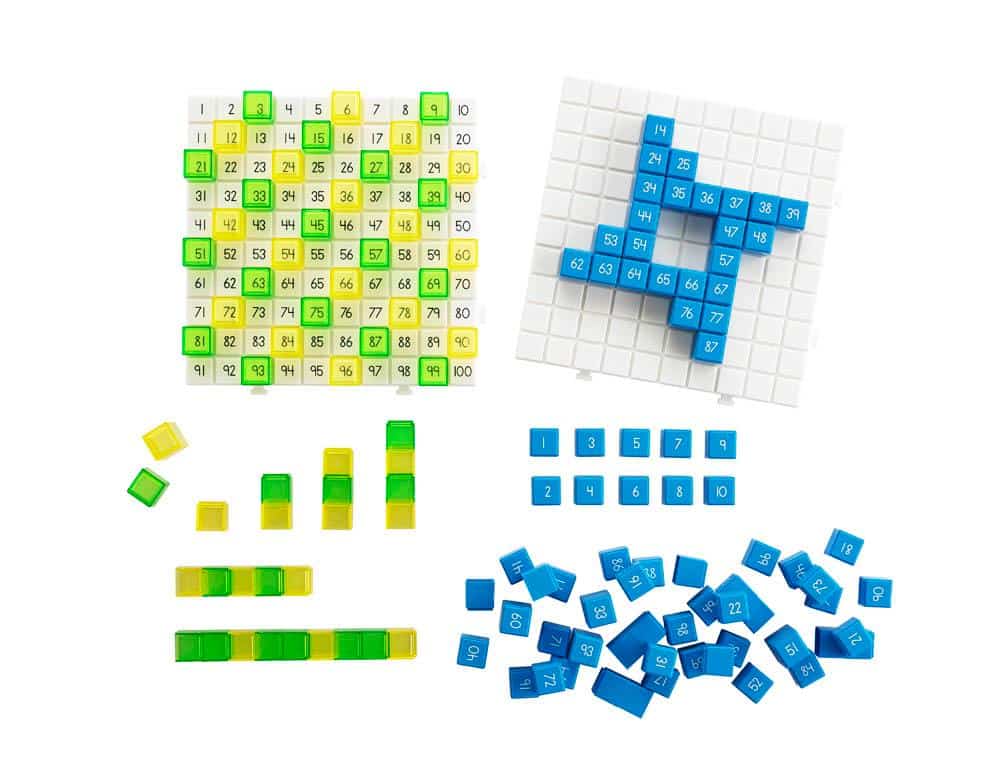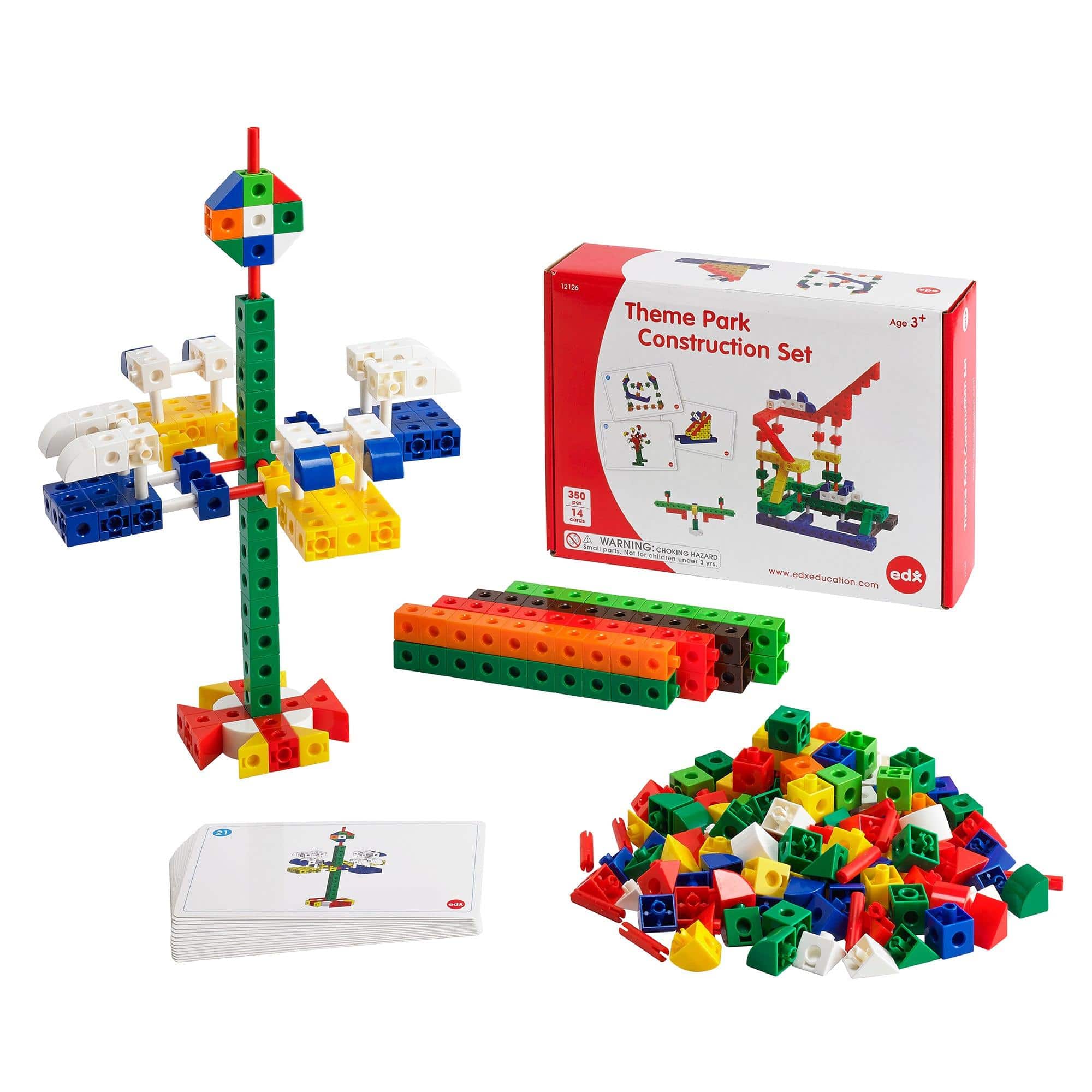The Connection Between Toys and Emotional Expression
Introduction
When we think of toys, we often associate them with fun and entertainment. However, toys play a much deeper role in a child’s development, particularly when it comes to emotional expression. This article explores the fascinating connection between toys and emotional expression and highlights the benefits of certain toy features in nurturing this critical aspect of a child’s growth.
The Importance of Emotional Expression
Emotional expression refers to the ability to understand and communicate one’s emotions effectively. It’s an integral part of human interaction and plays a significant role in a child’s social, cognitive, and psychological development. When children can express their emotions, they can form healthy relationships, manage stress and frustration, and build resilience.
Toy Features that Promote Emotional Expression
Not all toys are created equal when it comes to nurturing emotional expression. Certain features in toys can encourage children to explore, understand, and express their feelings more effectively. Here are some key features to look for when selecting toys:
- Facial Expressions: Toys with expressive faces, such as dolls or stuffed animals, can help children learn to recognize and mimic different emotions. This promotes empathy and emotional understanding.
- Artistic Expression: Toys that allow for creativity and artistic expression, such as coloring sets or building blocks, enable children to express their emotions through art, encouraging self-reflection and emotional exploration.
- Verbal Communication: Toys that promote verbal communication, such as board games or storytelling sets, help children articulate their emotions and thoughts, enhancing their communication skills and emotional intelligence.
- Role-Playing: Toys that encourage role-playing, such as play kitchens or dress-up sets, provide children with a safe space to act out different emotions and situations, allowing for emotional experimentation and understanding.
- Sensory Stimulation: Toys that engage multiple senses, like musical instruments or sensory playsets, enable children to express and regulate their emotions through touch, sound, and movement, fostering emotional expression and self-soothing.
The Impact of Toys on Emotional Development
Research has shown that toys have a significant impact on a child’s emotional development. By providing children with toys that support emotional expression, parents and caregivers can actively contribute to their cognitive and emotional growth. Here are some benefits:
- Enhanced Emotional Intelligence: Playing with toys that promote emotional expression helps children develop empathy, self-awareness, and the ability to recognize and manage their own emotions.
- Improved Communication: Toys that encourage verbal communication can help children express their emotions, thoughts, and needs more effectively, leading to better communication skills.
- Stress and Conflict Management: Learning to express and understand emotions through toys helps children manage stress, frustrations, and conflicts in a healthy and constructive manner.
- Building Resilience: Toys that allow for emotional experimentation and exploration enable children to navigate and cope with challenging situations, building resilience and emotional strength.
Choosing the Right Toys
When selecting toys for children, it’s crucial to consider their age, interests, and developmental stage. Additionally, keep in mind their individual preferences and personalities as these can affect how they engage with toys and express their emotions. By choosing toys that align with a child’s needs and promote emotional expression, you can optimize their developmental growth.
Conclusion
Toys serve as more than mere playthings; they act as tools for emotional expression in a child’s journey of growth and development. Selecting toys with features that encourage emotional expression can foster empathy, self-awareness, and communication skills while supporting stress management and resilience-building. By recognizing the profound connection between toys and emotional expression, parents and caregivers can make informed choices in providing children with the best developmental opportunities.


